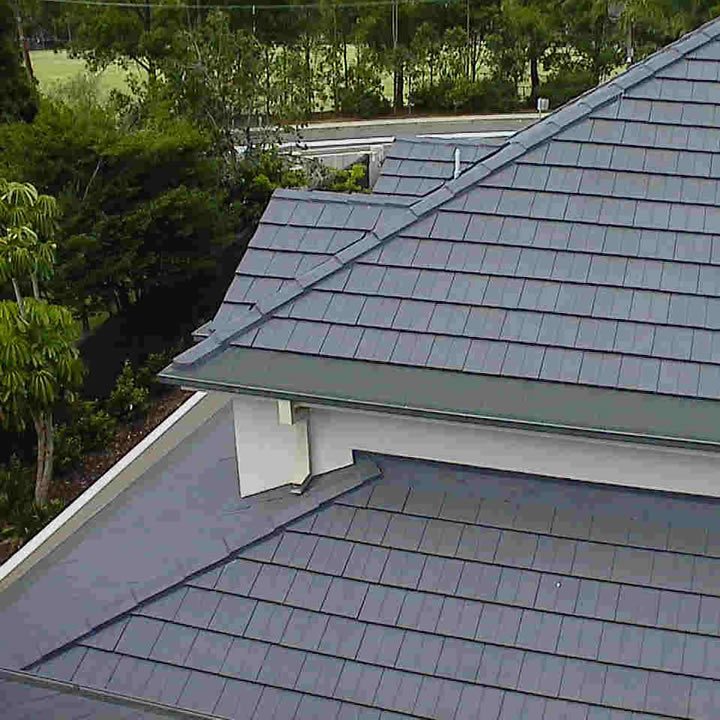Does your locality experience a hot climate? Whether building a dream home from the foundation up or renovating an existing home, unique challenges are posed by the hot and sometimes humid challenge.
Choosing the ideal material to build or remodel can differ between a quickly degrading home and a comfortable and durable building. In this post, we will cover the best building material for hot climates.
Insulation Materials
You can reduce wall and floor insulation. Although a rigid foam board rated R10 may be enough with wall insulation, the optimal insulation levels are determined best by the energy model in some cases. The best options for insulation materials in hot and humid climates include mineral wool, cellular glass, flexible elastomeric, plastic foam, and fiberglass.
Mold cannot grow on these insulation materials. However, it can grow on fiberglass boards or paper backing made with FSK (Foil Scrim Kraft). Is your wall a concrete block? The rigid plastic foam should be installed on the exterior.
Do not install insulation below the slab because it reduces your home’s cooling load. Avoid carpeting and use ceramic tile floors as they help in transferring cool temperatures. Insulate the roofs or ceilings to at least R-30 based on the energy modeling.
Before you install the insulation material, ensure that it is dry. It increases its insulation effectiveness. If any insulation materials become wet in construction, discard them properly.
Roofing Materials
The strength of your building also depends on the roof. A roof can keep your home comfortable and cool if you live in areas of a hot climate. Choosing the wrong roofing material can have dire consequences for baking in the sun and transferring that heat into your home.
You should also construct the roof well. Poorly constructed roofs suffer from heat, resulting in damage and cracks that may contribute to foundational problems and leaks in the future. Hence, you must choose a suitable roofing material for the hot climate.
It can help save on energy utility bills while ensuring the overall durability of your roof.
So, what are the best roofing materials for hot climates? The roofing material should be waterproof and durable. They include slate roofs, metal roofs, and cedar shake roofing. However, we consider asphalt shingles the best. They work well to prevent the formation of mold and mildew while being energy efficient.
At Technonicol, you can find asphalt shingles of varying colors and patterns to make your building a roofing architectural masterpiece.
Other materials like green roofs and solar roofing are also suitable for hot climates with the bonus of being energy efficient. Green roofs add environmental value to your home.
Regardless of your choice of roofing material, the roof’s foundation must be constructed properly. The roof should be installed on a membrane that prevents the leaks from making their way to the underlayment.
If the roof is poorly ventilated, the roofing materials will be several degrees hotter, making it harder to keep your home cool.
Door and Window Options
Wood is an aesthetic building material for doors and windows. It is not a good choice when it comes to which materials are best for hot climates. Wood is subject to insect damage and rot and needs constant repair and maintenance.
The best material for a hot climate is a high-quality vinyl door and window frame. The vinyl frames can withstand insect damage and moisture in hot climates. They have a long lifespan and are almost maintenance-free.
Triple- or double-paned low-E window glasses can be useful in improving your home’s energy efficiency.
It would be best if you also considered the dimensions of your window and door frames. Larger windows are better for airflow, especially when trying to reduce energy costs in a hot climate.
When choosing doors, avoid brick or other thermal breakers because they will trap heat between them and the outside. Ensure that your doors possess weatherstripping or insulation for an airtight seal to keep the hot air out.
Wall Options
Framing or lightweight walls are made of light gauge steel or wood. The frame transfers heat from the roof to the foundation. It is covered with cladding that also doubles up as the skin. The exterior claddings include metal, wood, cement board sidings, and vinyl.
Plasterboard or drywall is a well-known paneling for the interiors, where it avoids contact with any moisture.
Lightweight walls have a low thermal mass, meaning they have a low capacity for storing heat energy. Because they consist of metal or wood framing with cladding, they do not hold much heat. With a slight exposure to heat, they heat quickly.
They also cool up rapidly once the heat source is no longer present.
Heavyweight wall materials have a high thermal mass. They can store heat. Examples include stone, bricks, and concrete. These materials absorb a significant amount of heat energy, thus maintaining a constant temperature throughout the day irrespective of heat exposure from direct sunlight.
Therefore, they are not ideal construction materials for hot climates.
Conclusion
The choice of building material highly depends on the climate of a place. If you live in a hot climate, use materials with low thermal mass. The roofing is also a key consideration. In hot climates, use roof tiles with a well-made base.
While there are many types of roofing to use when building in a hot climate, asphalt shingles are the best. But you must remember – all decisions should be based on your budget and individual preferences.

